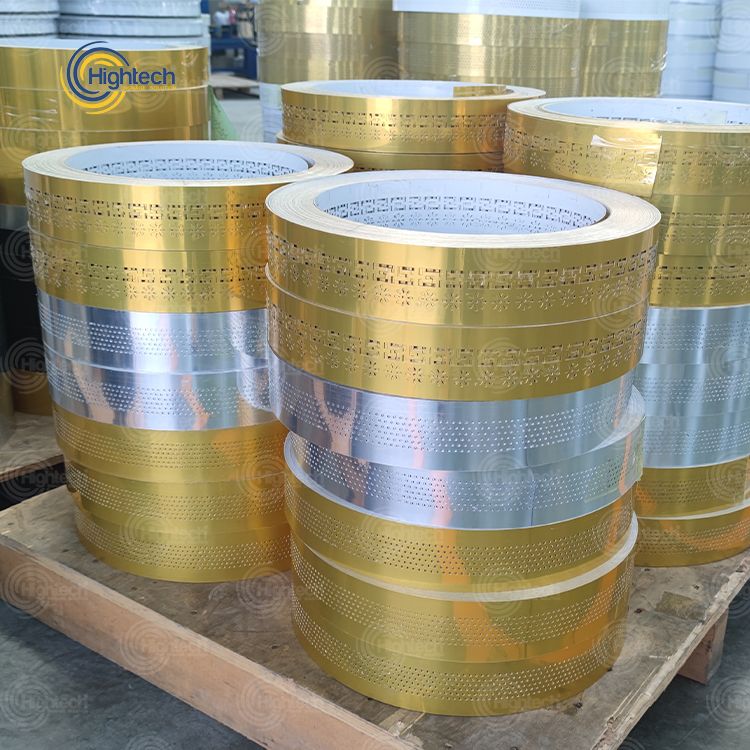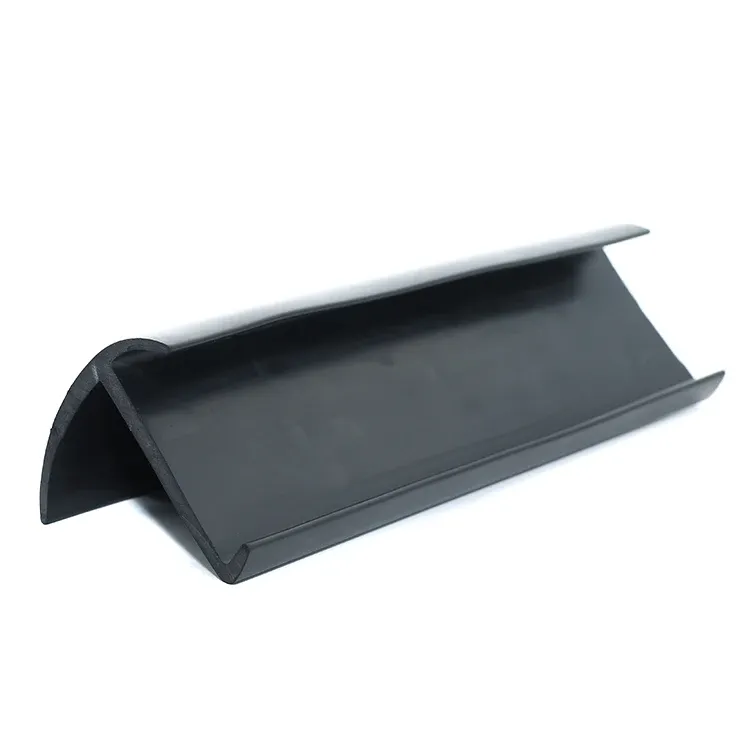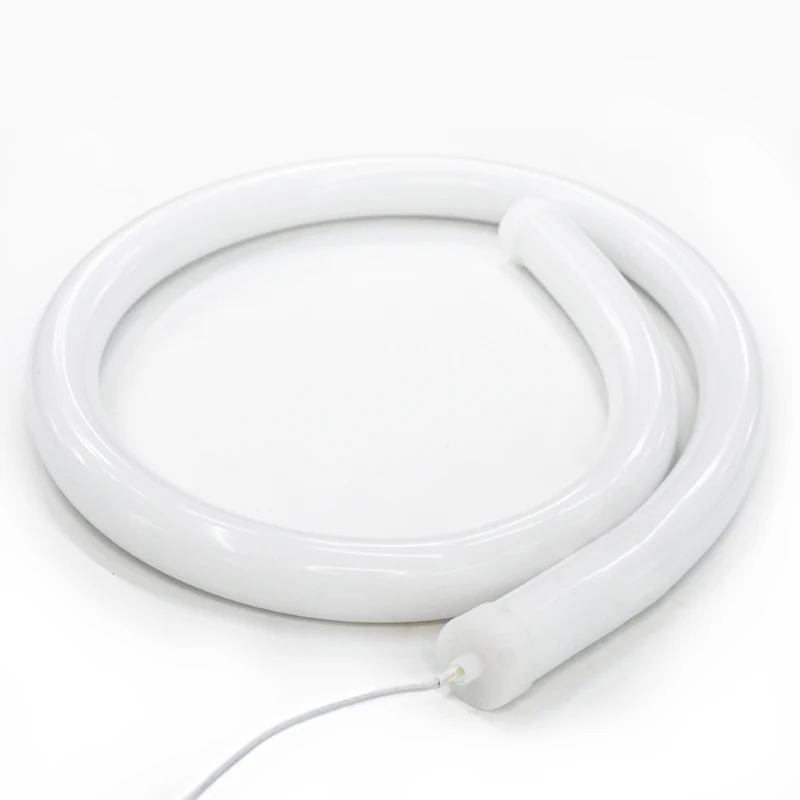...
2025-08-14 19:07
1266
...
2025-08-14 18:55
1294
...
2025-08-14 17:55
2734
...
2025-08-14 17:48
773
...
2025-08-14 17:41
1927
...
2025-08-14 17:13
341
...
2025-08-14 17:05
621
...
2025-08-14 16:40
2341
...
2025-08-14 16:39
1308
...
2025-08-14 16:37
582







